These famous landmarks took the longest to build
Worth the wait

After more than 140 years under construction, the Sagrada Familia in Barcelona is on track to finally be completed by 2026. But it’s not the only landmark in the world to have taken its sweet time being built – and it isn’t the one that took the longest either. Here, we take a look at how long some of the world’s most famous landmarks took to build.
Click through the gallery to discover the construction times for some of the world's best loved landmarks, spanning less than a decade to over two millennia…
8 years: Sydney Harbour Bridge, Australia
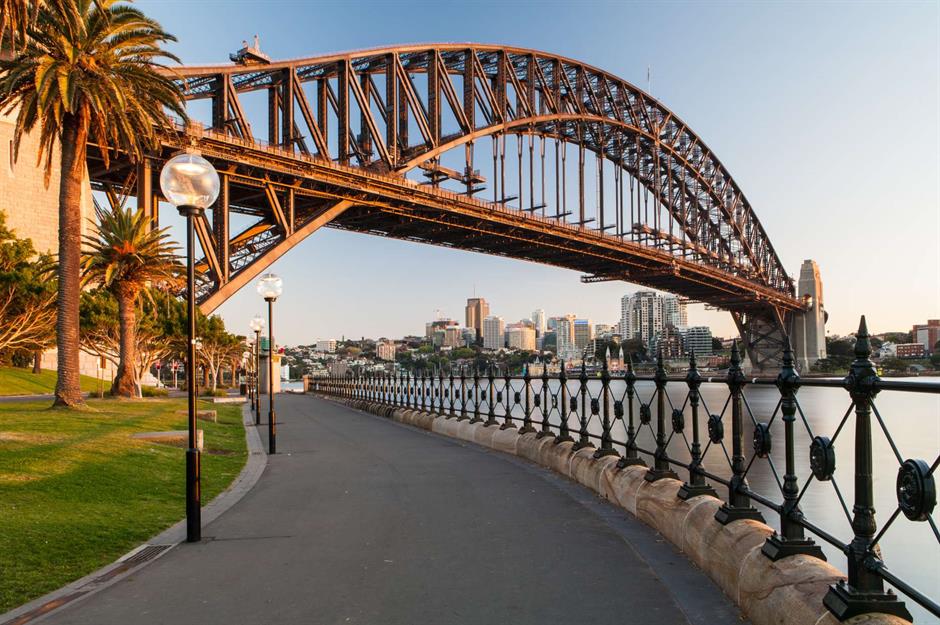
The first steelwork for the Sydney Harbour Bridge was erected in September 1926, more than a century after a bridge over the harbour was initially called for and almost 70 years after the earliest known plan for its construction was put forward. Though it opened to cars in March 1932, the entire build – from the bridge itself to its northern and southern approaches – took eight years in total. Sydney Harbour Bridge has since been declared a National Engineering Landmark, and today those brave enough can even climb it for amazing views over the city and suburbs.
8 years: Colosseum, Italy
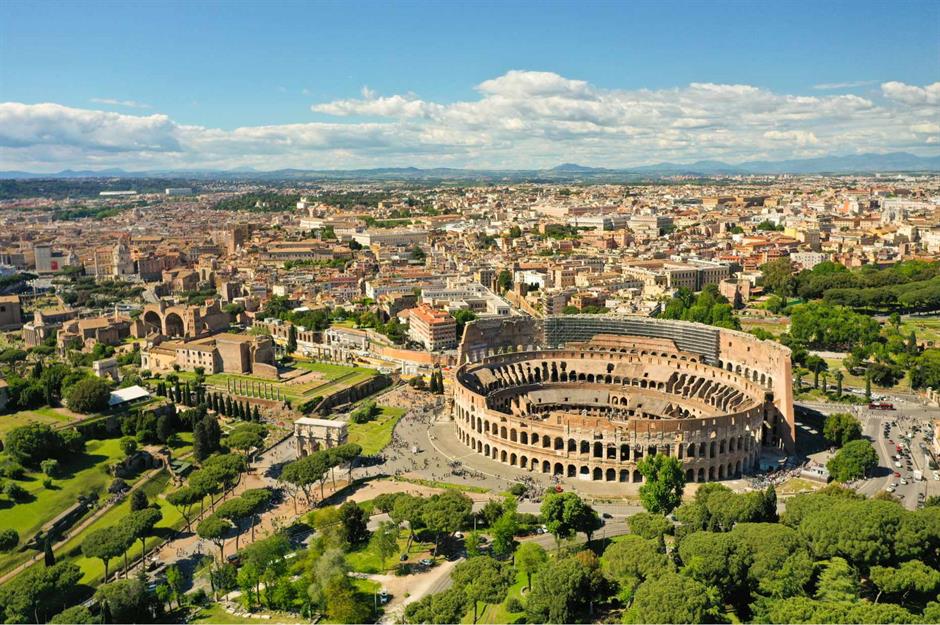
Commissioned by Emperor Vespasian on the site of his predecessor Nero’s estate, Rome’s iconic Colosseum is one of the most remarkable architectural achievements of the ancient world. Primary construction of the former gladiator arena lasted approximately eight years, starting around AD 72. Overseen by Vespasian’s son Titus, this phase was completed in AD 80, with the stadium holding some 50,000 spectators during its opening games. Further additions to the building meant the Colosseum spent nearly 20 decades under some form of construction during the first century AD. Modifications are still happening now, with plans afoot for a retractable floor.
9 years: Christ the Redeemer, Brazil
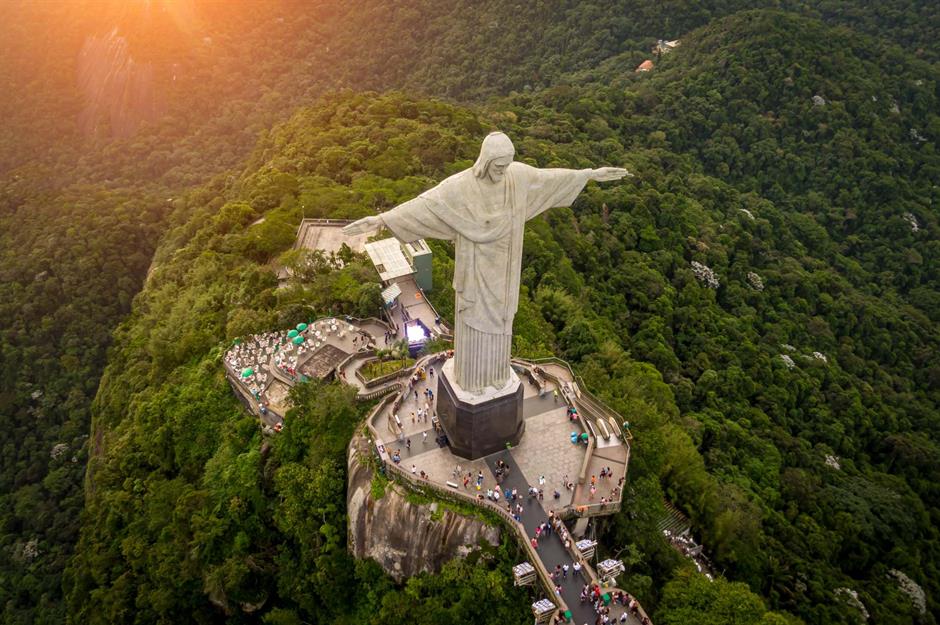
Watching over the port city of Rio de Janeiro from its mountaintop perch, this enormous statue of Jesus Christ was completed in 1931, following the ceremonial laying of its base’s foundation stone in 1922. At this time, the monument’s design had not yet been finalised; construction resumed in 1926. The landmark’s completed look is the result of a collaboration between several Brazilian, French and Romanian sculptors, artists and engineers, with thousands of soapstone tiles covering the concrete structure. Christ the Redeemer remains the largest Art Deco sculpture in the world.
11 years: Statue of Liberty, New York, USA
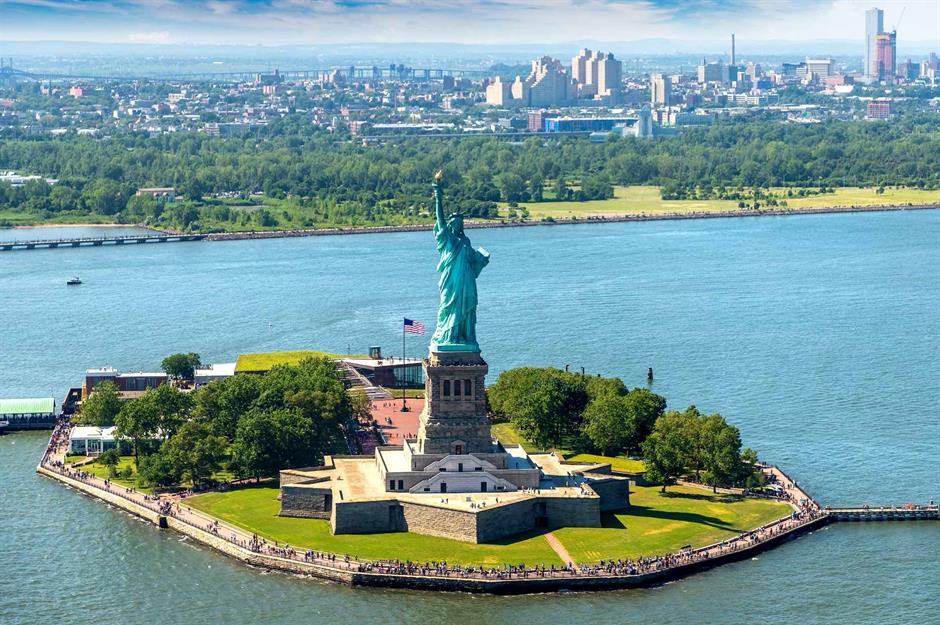
To mark the end of the American Civil War and solidify relations between the United States and France, the latter proposed gifting the former a monument. French sculptor Frederic-Auguste Bartholdi and engineer Gustave Eiffel (of Eiffel Tower fame) began working on it in 1875, using sheets of hammered copper and a skeleton of iron and steel to create the Statue of Liberty. In 1885 Bartholdi completed her in Paris; she was then dismantled and shipped in more than 200 crates to New York, where the Americans had been building her pedestal. She was finished in her entirety and inaugurated in 1886.
14 years: Sydney Opera House, Australia

Before the Sydney Opera House sat on the foreshore of Sydney Harbour, the site was occupied by a humble tram depot. But as a crowd watched on 2 March 1959, construction on this striking arts venue began. Danish architect Jorn Utzon won the international competition which solicited designs for a new national opera house at Bennelong Point, and his masterpiece – which took the hands of 10,000 labourers to build – has been open to audiences since 1973. Visit Sydney during the Vivid light festival to see this Aussie icon transformed by a symphony of colourful illuminations.
14 years: Forbidden City, China
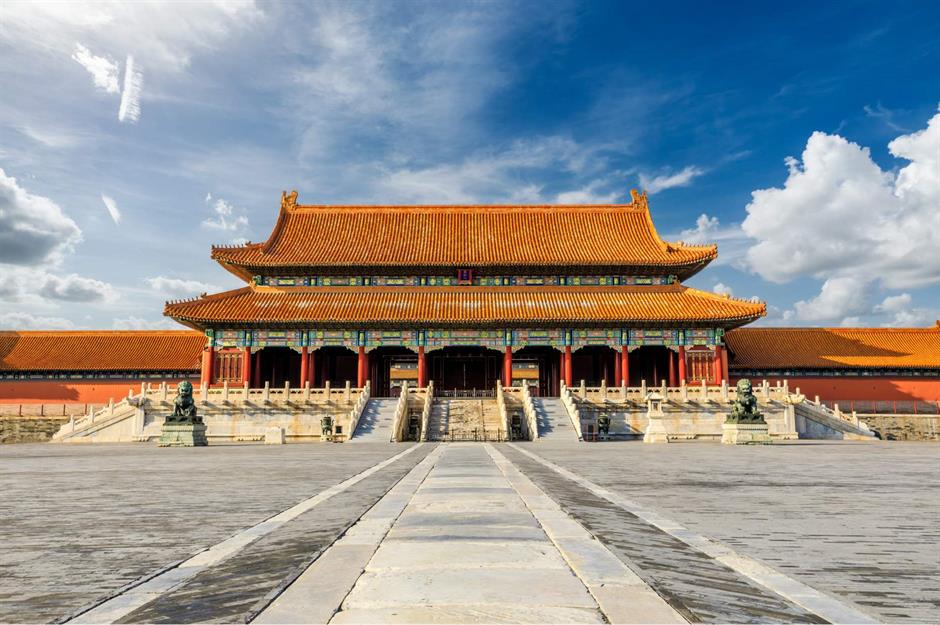
Commissioned in 1406 by the Yongle emperor of the Ming dynasty, the Forbidden City is a sprawling, 178-acre complex created by some 100,000 artisans and up to one million construction workers and enslaved people. Taking 14 years to build, the imperial palace was designed according to the practice of feng shui; it is orientated along a north-south line, with the most important buildings in the compound facing south towards the sun. No longer off-limits to the public, the Forbidden City offers discounted entrance fees during low season (November and March).
14 years: Brooklyn Bridge, New York, USA

Connecting the boroughs of Manhattan and Brooklyn for the first time in history when it opened in 1883, Brooklyn Bridge is one of the most recognised landmarks in New York City. At least two dozen people lost their lives to the construction of the steel suspension bridge, a period spanning 14 years. Many of them were 'sandhogs' – mostly immigrant workers tasked with excavating the bed of the East River to make way for the bridge’s foundations. Brooklyn Bridge’s original designer, John Augustus Roebling, also died in the planning process, succumbing to tetanus in 1869.
14 years: Mount Rushmore National Memorial, South Dakota, USA

Comprising carvings of the heads of four American presidents – George Washington, Thomas Jefferson, Theodore Roosevelt and Abraham Lincoln, the Mount Rushmore National Memorial is a monument to the first 150 years of the United States’ political history. Construction of the memorial, which was designed by American sculptor Gutzon Borglum, lasted 14 years, from 1927 to 1941. But Borglum passed away before its completion, so his son Lincoln took up the mantle to get the landmark over the finish line. As much as 90% of the sculpture was carved using dynamite.
16 years: Windsor Castle, England, UK
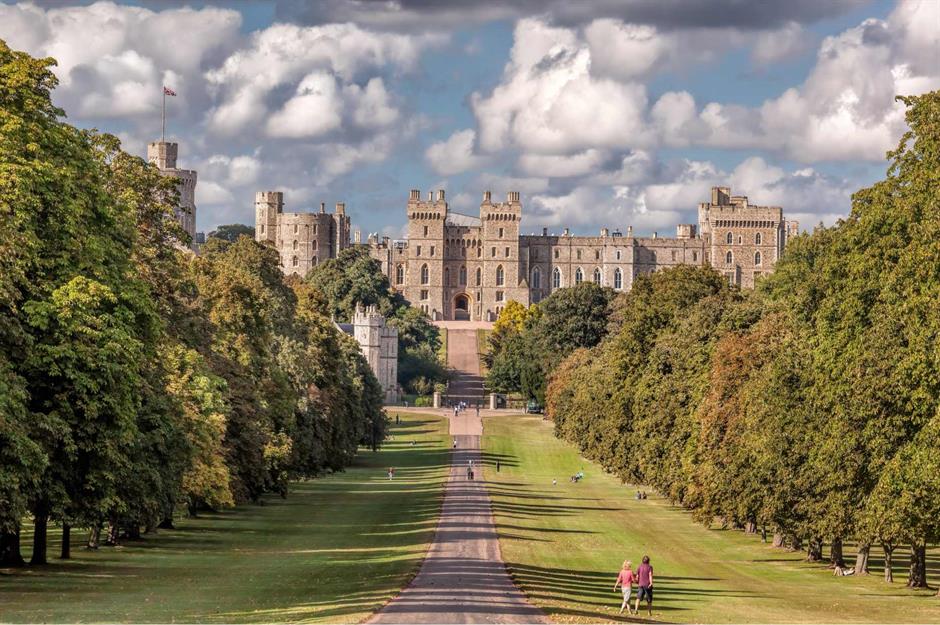
One of several official residences of the British royal family, Windsor Castle is the result of 16 years of initial construction and almost a millennium of continuous development. According to the Royal Collection Trust, the pile is the oldest and largest inhabited castle in the world; William the Conqueror built it between 1070 and 1086, with Henry I being the first monarch to have royal apartments here (from around 1110). During the English Civil Wars (1642-51), Windsor Castle was seized by Oliver Cromwell’s forces and used as a Royalist prison.
16 years: Big Ben, England, UK
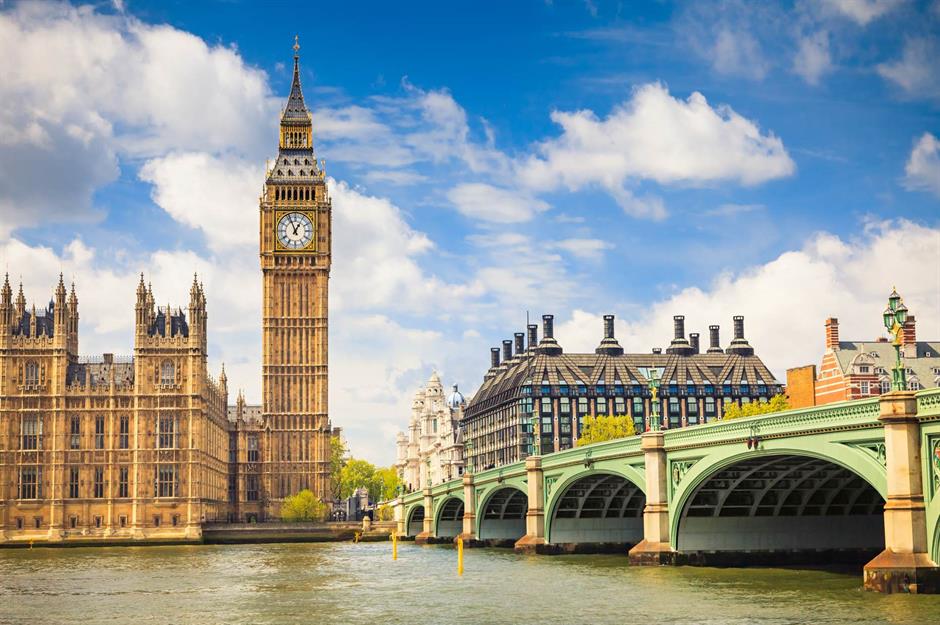
Big Ben has become the common name used for the golden clock tower of London’s Houses of Parliament, though it is actually the nickname of the clock’s largest bell (also called the Great Bell), which strikes on the hour. The landmark’s official name is the Elizabeth Tower, after it was renamed in 2012 from St Stephen’s Tower to mark Queen Elizabeth II’s diamond jubilee. Constructed between 1843 and 1859, it was the largest and most accurate four-faced chiming clock on completion; its four faces symbolise the four nations of the United Kingdom.
17 years: Royal Palace of Madrid, Spain
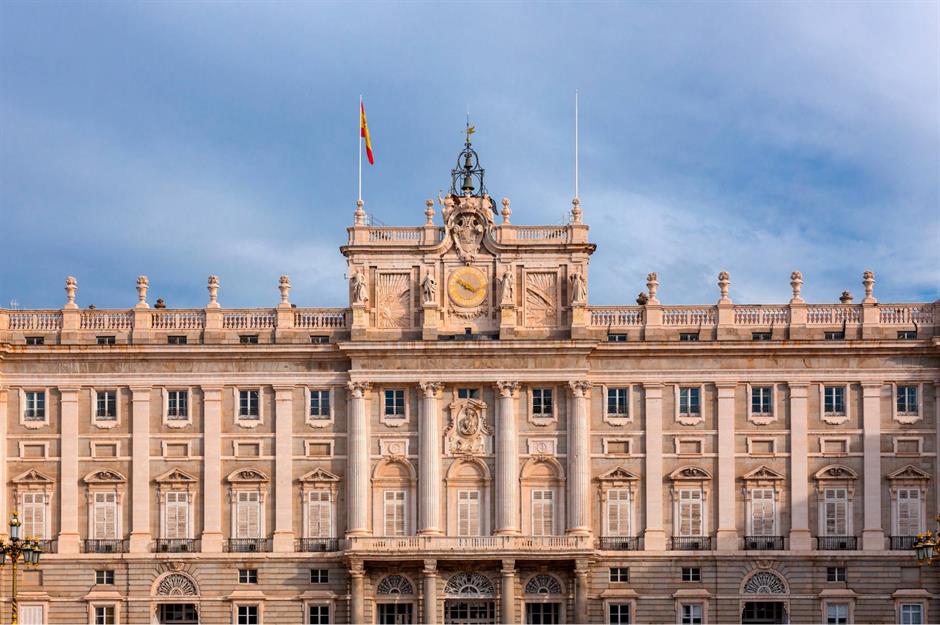
Known locally as Palacio Real de Madrid, this opulent palace is the largest in western Europe and one of the only official royal residences in Spain open to the public today. It stands on the site of Emir Mohamed I’s Antiguo Alcazar ('old fortress'), which predated Madrid’s designation as capital and burnt down in 1734. Seventeen years after construction on the new palace began in 1738, King Charles III became its first resident – an Enlightenment-era monarch known for his cultural and economic reforms.
Love this? Follow us on Facebook for more travel and history stories
20 years: Great Pyramid of Giza, Egypt

Giza’s Great Pyramid is the last of the Seven Wonders of the Ancient World still standing today. It is estimated to have taken two decades to build, with completion placed at around 2560 BC. Designed as a tomb for the pharaoh Khufu, the Great Pyramid was the world’s tallest man-made structure for thousands of years until Lincoln Cathedral, in the east of England, was built in the early 14th century. More than two million stone blocks, possibly moved on ramps by thousands of skilled tradesmen and paid labourers, make up the vast pyramid.
22 years: Taj Mahal, India

After losing his beloved wife during childbirth, Mughal emperor Shah Jahan commissioned an elaborate mausoleum to be built in her memory on the banks of the Yamuna River. Construction of the white marble Taj Mahal, along with the other buildings in the 42-acre complex, began around 1632 and spanned 22 years in total. Shah Jahan employed more than 20,000 workers from India, Persia, Europe and the Ottoman Empire to bring his vision to fruition, which is now visited by up to 40,000 people a day.
23 years: Neuschwanstein Castle, Germany
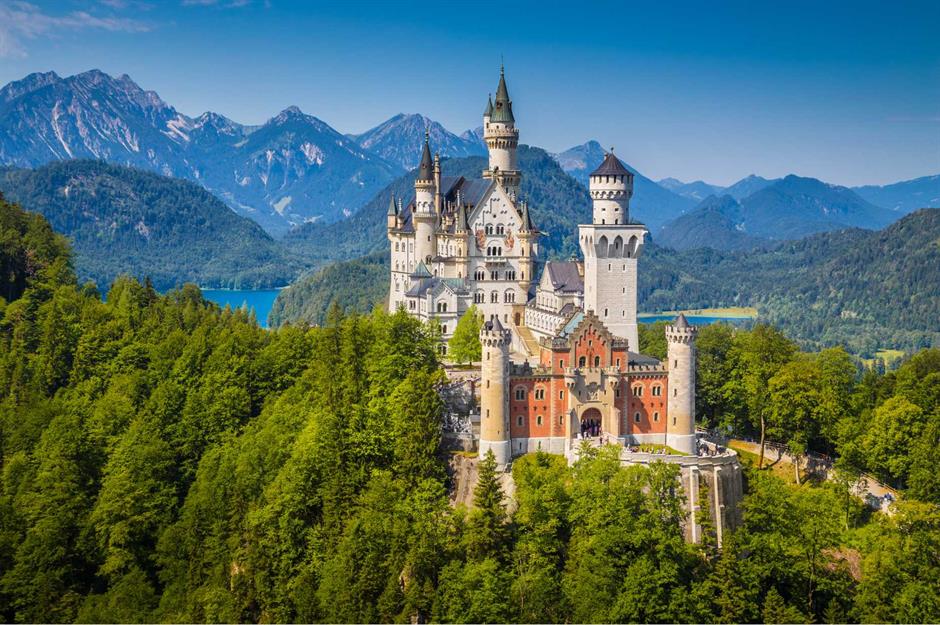
Built on the orders of the 'Fairy-Tale King', Ludwig II of Bavaria, Neuschwanstein is Germany’s most famous castle. From when its foundation stone was laid to the completion of its bower and square tower in 1892, the castle’s construction took 23 years – though it was never considered finished. Within weeks of Ludwig’s mysterious death in 1886 at Lake Starnberg, Neuschwanstein Castle opened to the public in its work-in-progress state. Despite never quite living up to the king’s grand plans, the romantic edifice still captures the imagination of over one million visitors each year.
30 years: Palace of Westminster, England, UK
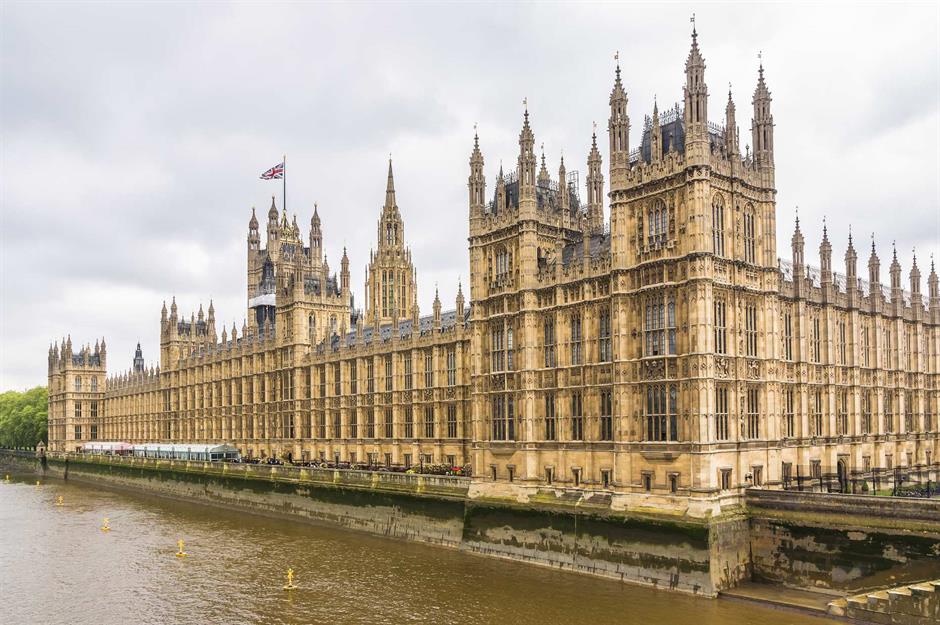
Better known as the Houses of Parliament, the Palace of Westminster has long served as the meeting place for the House of Commons and the House of Lords, the UK’s legislative bodies. Construction of the palace commenced in 1840 and continued for three decades, in which time the building’s two leading architects, Sir Charles Barry and Augustus Pugin, passed away. The neo-Gothic landmark, which has been bombed by both the Luftwaffe and the IRA in its time, dominates the north bank of the River Thames in London.
30 years: Arc de Triomphe, France
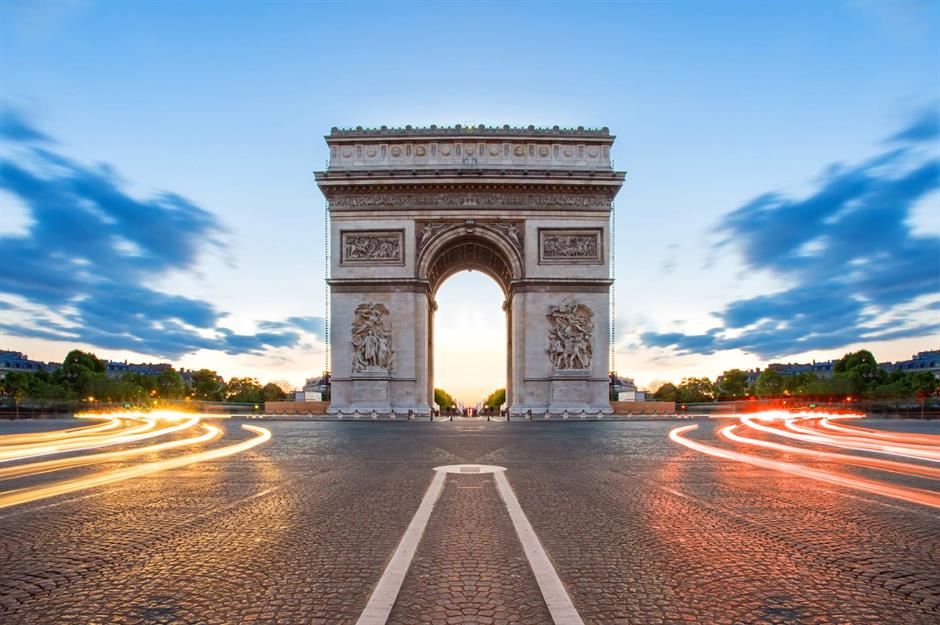
Commissioned by Napoleon I to commemorate the French victory at the Battle of Austerlitz (1805), the Arc de Triomphe is the imposing centrepiece of Place de l’Etoile – the most chaotic roundabout in Paris. Work started on the triumphal arch in 1806 and lasted 30 years; the death of the architect, Napoleon’s abdication as emperor and the Bourbon Restoration all marred the structure’s progress. In the years since its eventual completion in 1836, the arch has become famed for its role in the annual Bastille Day celebrations and the Tour de France bicycle race.
30 years: Angkor Wat, Cambodia

Initially built as a Hindu temple complex in the first half of the 12th century, Angkor Wat is believed to have taken some 30 years to construct in its entirety, with more than one thousand buildings set within the compound. By the end of the 1100s, it had been converted to a Buddhist shrine and remained so for around 700 years, before slipping into ruin. The site was 'rediscovered' during the French colonial regime in Cambodia, and survived the country’s brutal 1970s civil war to become one of the most popular tourist attractions in Southeast Asia.
35 years: St Paul’s Cathedral, England, UK
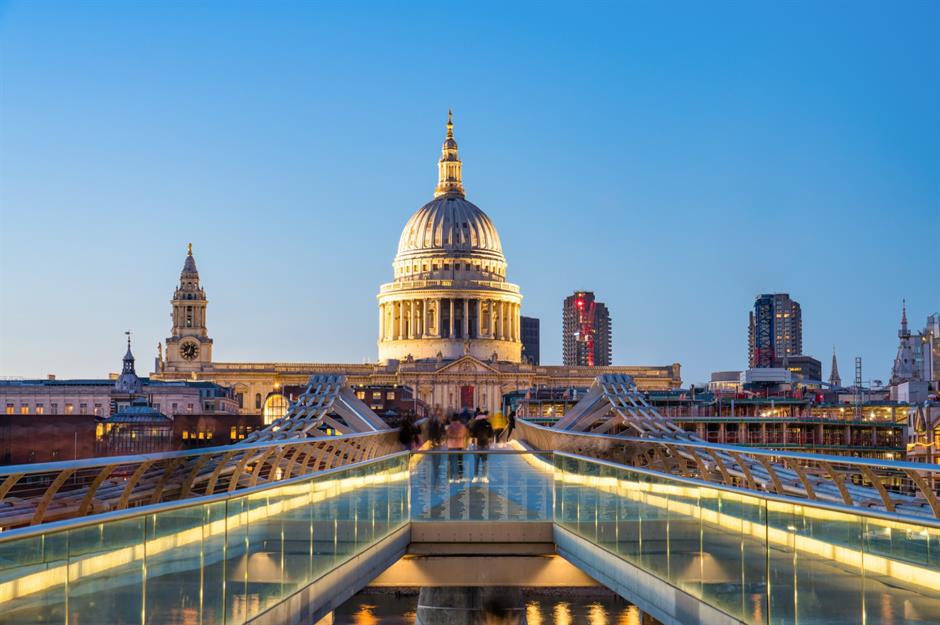
After the Great Fire of 1666 tore through the City of London and destroyed the old medieval St Paul’s, Christopher Wren was appointed to build a new cathedral in its place. Following 35 years of construction, the new St Paul’s Cathedral was declared officially complete by Parliament in 1711. It took the talents and toils of several collaborators, including sculptors, wood carvers, stonemasons and other craftspeople, to make Wren’s designs a reality. Only one woman, Jane Brewer, is featured on the list of those credited with the construction of new St Paul’s.
50 years: The Acropolis, Greece
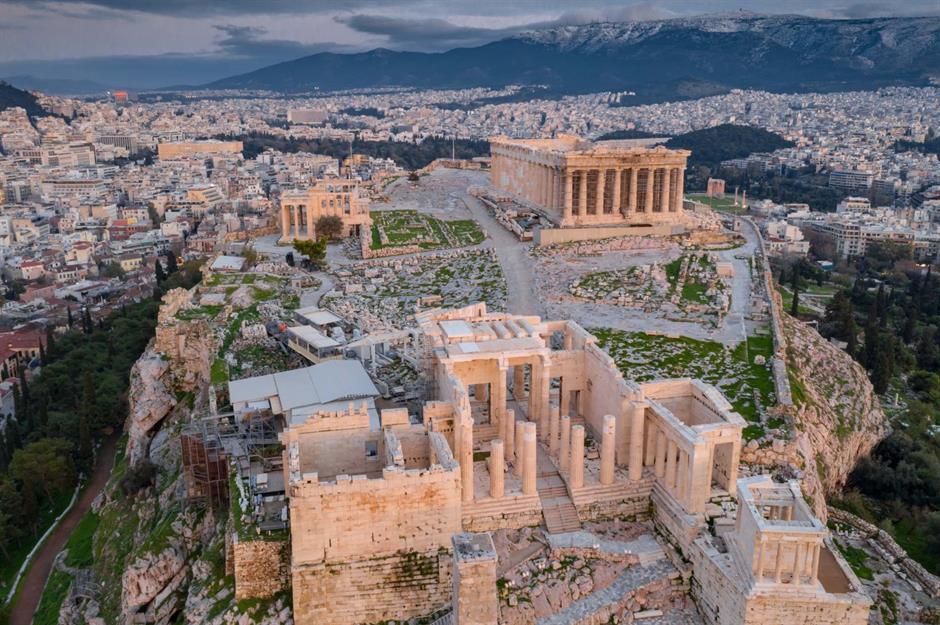
Meaning 'high city' in Greek, this ancient citadel has been a fixture of the Athenian skyline for the past 2,500 years. Following the Persian army’s sacking of Athens in 480 BC, Greece ultimately triumphed over Persia in the mid-5th century BC and marked the victory with the reconstruction of the Athens Acropolis. Over the course of 50 years, the project saw some of the settlement’s best-known structures erected, including the Parthenon temple and the Propylaea gateway, both of which remain standing today.
109 years: St Peter’s Basilica, Vatican City
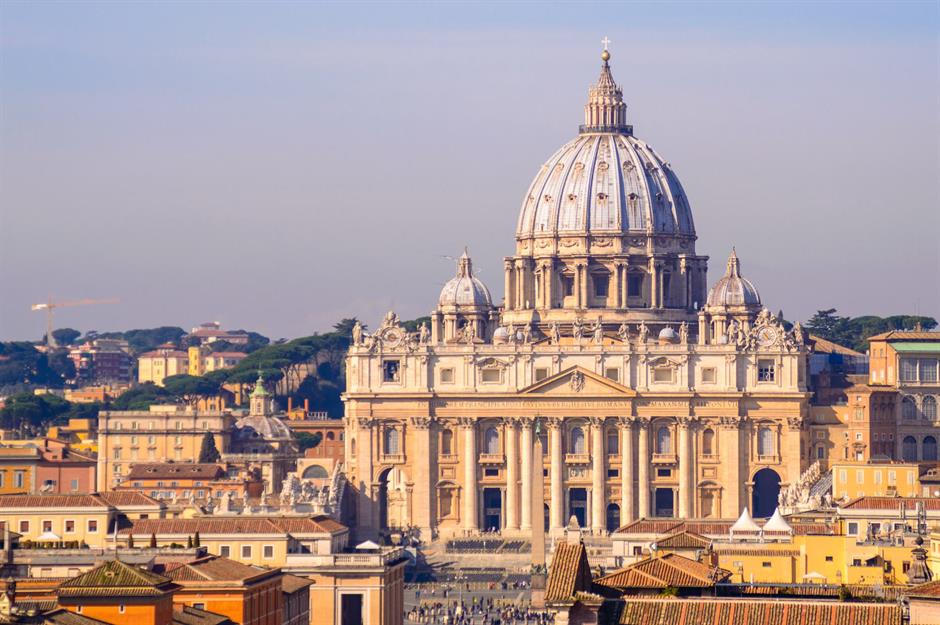
Also known as New St Peter’s Basilica, to differentiate it from the Vatican’s first basilica of St Peter (built during the 4th century AD), this Renaissance church is Catholicism’s holiest place of pilgrimage. Its construction was begun by Pope Julius II in 1506 and completed under Paul V in 1615. The results of this 109-year build are no less impressive now than they were back in the 16th century; St Peter’s Basilica was the largest church in Christendom until 1989, when it was surpassed by the Basilica of Our Lady of Peace on Cote d’Ivoire (Ivory Coast).
142 years (and counting): Sagrada Familia, Spain
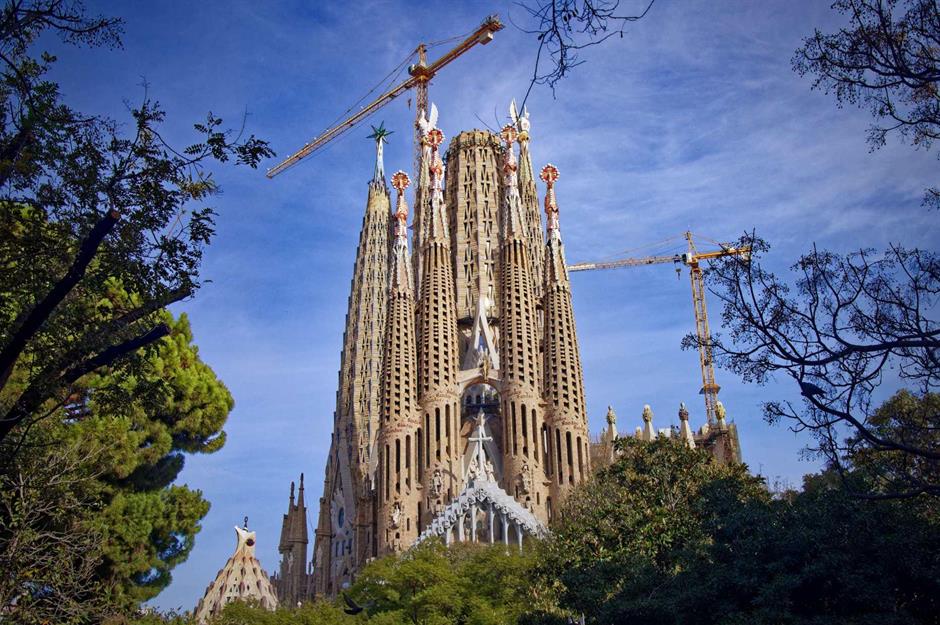
Barcelona’s Sagrada Familia has been under construction since 1882 and it’s still a couple of years off being done. The towering basilica’s expected completion date in 2026 will mark 100 years since the death of its designer, Antoni Gaudi. Consecrated and opened to the public in 2010, the Sagrada Familia has taken longer to build than the Arc de Triomphe, the Palace of Westminster, the Taj Mahal, the Great Pyramid of Giza and St Paul’s Cathedral combined. The building hit a major milestone in September 2023, when its final two Evangelists towers were declared complete.
182 years: Notre-Dame de Paris, France
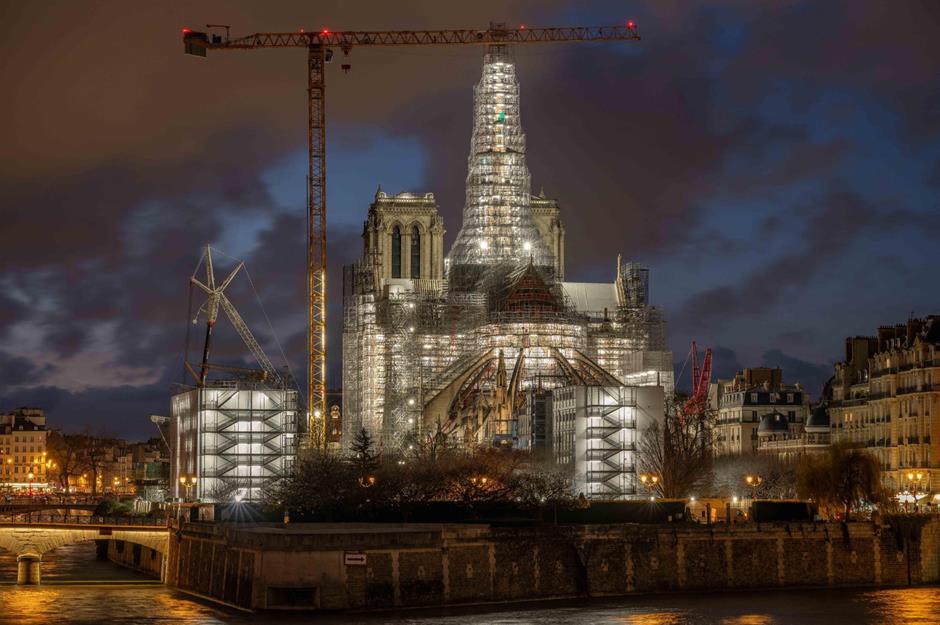
Situated on an island in the River Seine, Notre-Dame took almost two centuries to build. Its cornerstone was laid in 1163; within 90 years, the nave, choir and western facade had been finished. But it wasn’t until 1345 that the cathedral was completely done – the painstaking handiwork of more than 1,000 carpenters, masons, metalsmiths and other labourers evident in its rose windows, flying buttresses and twin bell towers. A central spire was added during the 19th century, but this came crashing down during the notorious 2019 fire. Restoration of Notre-Dame is ongoing following the blaze.
200 years: Leaning Tower of Pisa, Italy
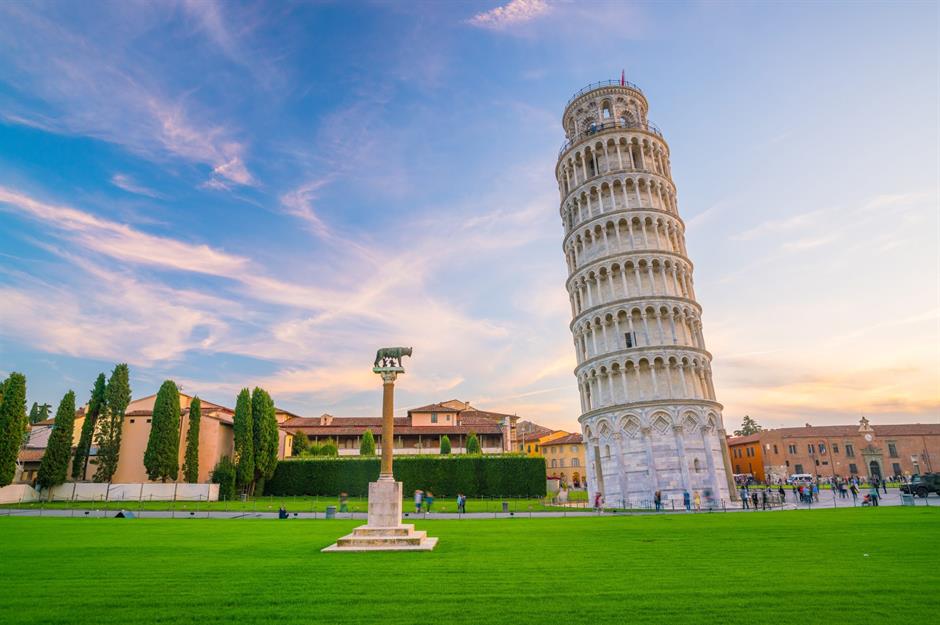
The Leaning Tower of Pisa might have been finished sooner if it hadn’t been for in-fighting between the Italian city-states, which saw construction of the famous campanile (freestanding bell tower) paused for almost a century. Gradually constructed over the course of 200 years from 1173, the tower was never intended to lean – its skewed stance is due to how its foundations settled into the soft ground, which started to become apparent midway through the build. Several measures have been taken over the years to lessen the lean, including stilling the tower’s heavier bells.
392 years: York Minster, England, UK
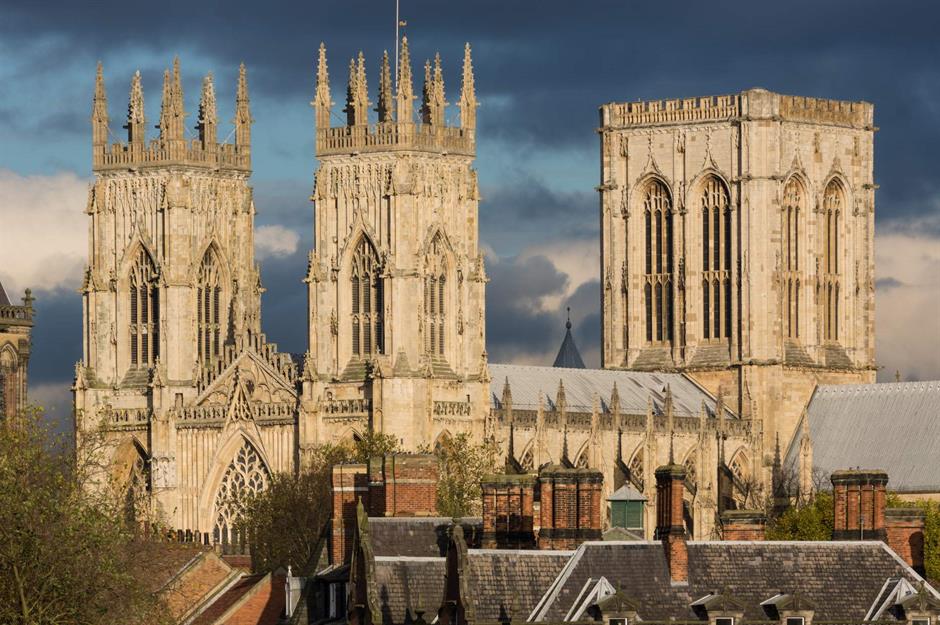
According to York Minster’s official website, it was around AD 1080 that Archbishop Thomas of Bayeux began building a new cathedral at the site of a burnt-down older one. York Minster then saw a complete replacement of its east end in 1154; around 70 years later, Archbishop Walter de Gray ordered a new south transept to be constructed, which sparked a further 250 years of development. The cathedral was finally deemed complete and consecrated in 1472. The Great Peter Bell, housed in York Minster’s northern bell tower, has sounded every day since its installation in 1845.
579 years: Milan Cathedral, Italy
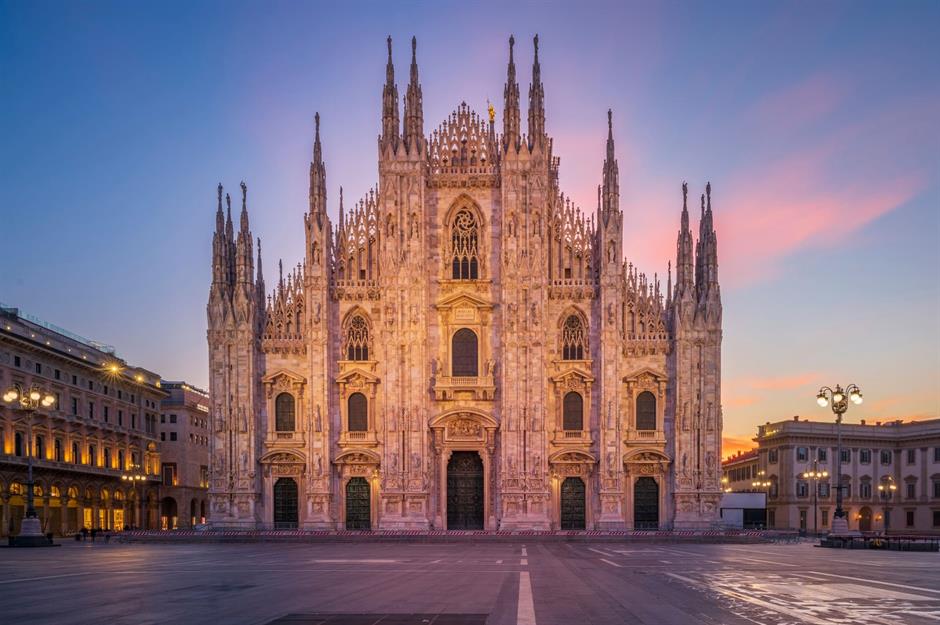
Milan Cathedral, known also as the Duomo, took the best part of six centuries to complete. But long before the building entered construction in 1386, the site on which it stands was already significant to the city – the ancient Romans designed all main streets to extend from this very spot. After inheriting various architectural details from the different eras it evolved through, the Duomo was completed in 1965. Now you know why the Milanese say “lungh ‘me la fabrica del Domm” (“long as the work on the Duomo”) to lament about a never-ending task.
585 years: St Vitus Cathedral, Czechia

In 1060, the foundations for St Vitus Cathedral started being laid in the grounds of Prague Castle. Though not completed until 1929, the hilltop basilica was used frequently in its early unfinished state to hold coronations and house the tombs of Czech kings. In the 585 years it took to construct, the building passed through the hands of more than a dozen architects, and stands today as one of the many reasons why Prague’s nickname is 'the city of a thousand spires'.
632 years: Cologne Cathedral, Germany
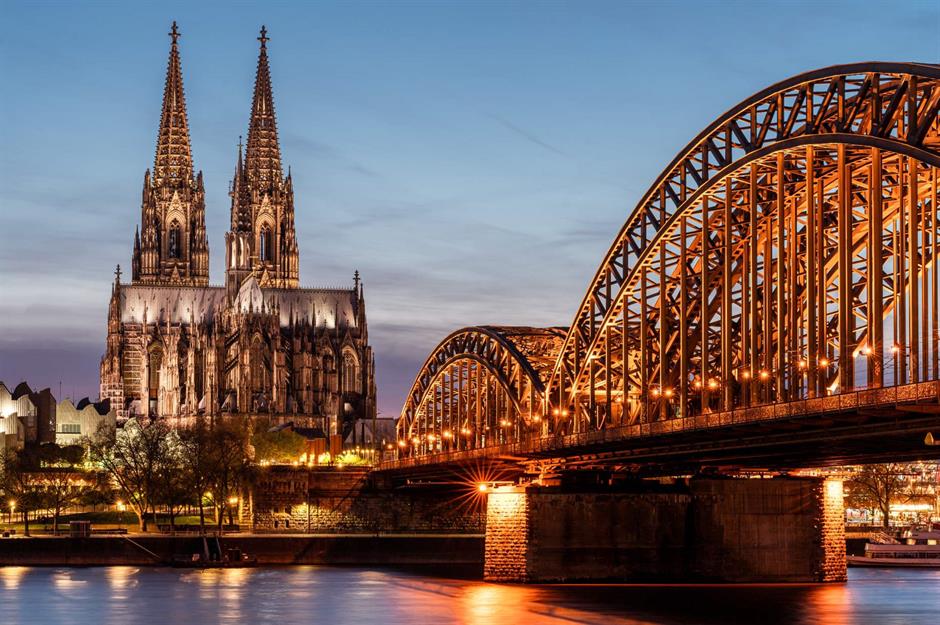
Built to house a reliquary supposedly containing the bones of the Three Wise Men present at the manger of Jesus Christ, Cologne Cathedral is the site of one of the most precious shrines in Christianity. It took 632 sometimes turbulent years to complete, with construction thwarted by abandonment, the Thirty Years’ War and French occupation between 1248 and 1880. On completion, Cologne Cathedral was considered the tallest structure in the world, until the capstone of the Washington Monument was set in place in 1884.
1,300 years: Mont-Saint-Michel, France

Legend has it that the dramatically stacked abbey atop Mont-Saint-Michel, a tidal islet in the middle of a bay shared by Brittany and Normandy, was born out of a dream. The archangel Michael is said to have appeared to Bishop Aubert of Avranches while he slept and instructed him to build a sanctuary in his honour. Construction began in the 8th century and continued over some 1,300 years to create the Mont-Saint-Michel we see today, with several generations of architects and labourers making their mark on the site.
1,500 years: Stonehenge, England, UK
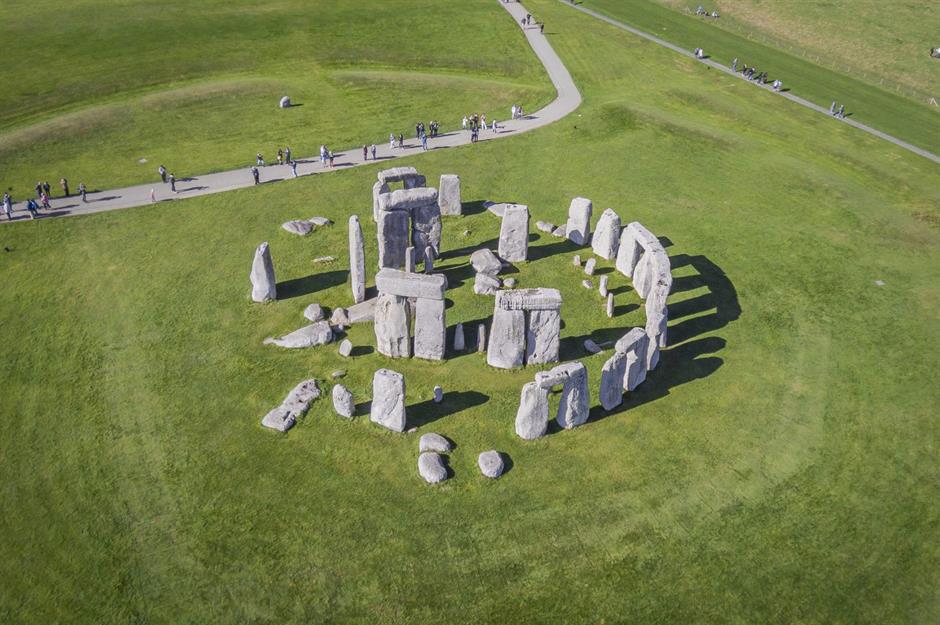
Britain’s most popular prehistoric monument reconnects with its ancient past every summer and winter solstice, when crowds gather on Salisbury Plain at dawn to see the famed stone circle align with the sun. Though we can only estimate how long Stonehenge took to complete, we do know that it was built in six stages between 3000 and 1520 BC – meaning a construction period of around 1,500 years. Its intended purpose has mystified archaeologists and historians for centuries, but it’s widely believed to have served as a spiritual and ceremonial site.
2,361 years: Great Wall of China, China
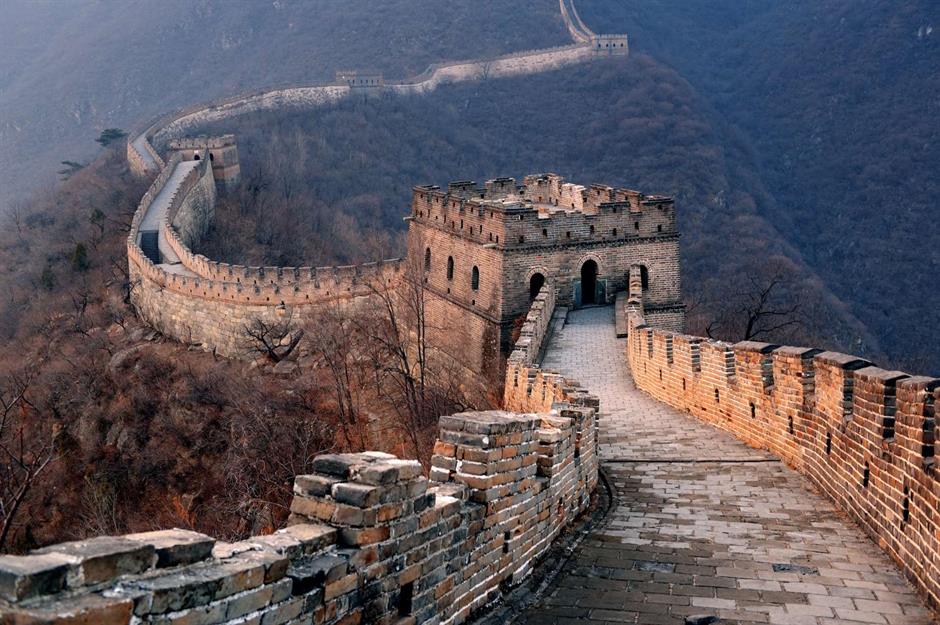
Carving through the landscapes of northern China like a great, ridge-backed serpent, the Great Wall is one of the most remarkable feats of ancient engineering that survives today. Built between 680 BC and AD 1681, the immense structure was designed to fortify parts of the country as war raged between opposing states. At least nine different imperial dynasties built, destroyed, extended or reconstructed sections of the wall, but most of that which still stands today is credited to the Ming dynasty (1368-1644).
Now discover some of the oldest man-made structures on every continent
Comments
Be the first to comment
Do you want to comment on this article? You need to be signed in for this feature